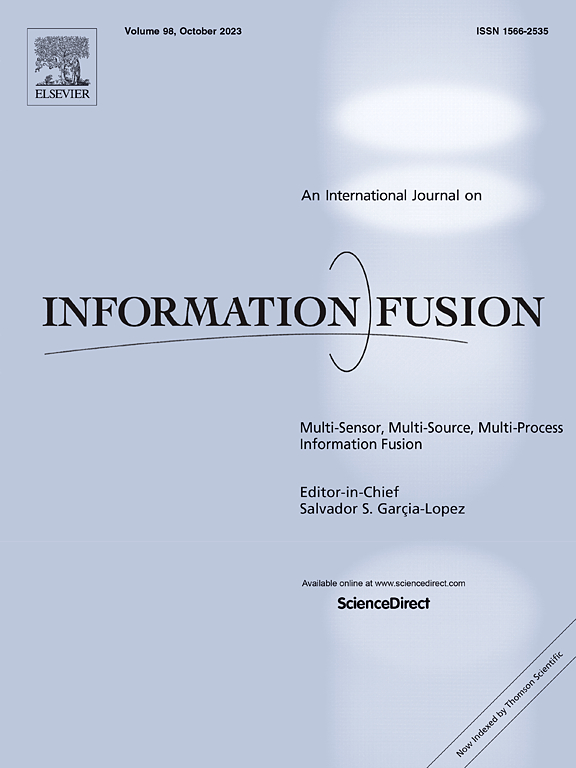IF 14.7
1区 计算机科学
Q1 COMPUTER SCIENCE, ARTIFICIAL INTELLIGENCE
引用次数: 0
摘要
本文介绍了语言引导推理分割(Language-Guided Reasoning Segmentation,LGRS),这是一种利用人类语言指令引导水下图像分割的框架。与仅依赖视觉线索或预定义类别的现有方法不同,LGRS 可根据详细的、上下文感知的文本描述对水下图像进行分割,使其能够处理更具挑战性的场景,例如区分视觉上相似的物体或从复杂的查询中识别物种。为了促进这种方法的开发和评估,我们创建了一个水下图像语言分割数据集,这是首个此类数据集,它将水下图像与详细的文本描述和相应的分割掩码配对。该数据集为训练能够同时处理视觉和语言输入的模型奠定了基础。此外,LGRS 还通过大型语言模型整合了推理能力,使系统能够解释场景中物体之间的复杂关系,并在动态水下环境中执行精确的分割。值得注意的是,我们的方法还展示了强大的零镜头分割能力,使模型能够泛化到未见过的类别,而无需额外的训练。实验结果表明,LGRS 在准确性和灵活性方面都优于现有的水下图像分割方法,为进一步发展奠定了基础。本文章由计算机程序翻译,如有差异,请以英文原文为准。
Language-guided reasoning segmentation for underwater images
In this paper, we introduce Language-Guided Reasoning Segmentation (LGRS), a framework that leverages human language instructions to guide underwater image segmentation. Unlike existing methods, that rely solely on visual cues or predefined categories, LGRS enables segmentation at underwater images based on detailed, context-aware textual descriptions, allowing it to tackle more challenging scenarios, such as distinguishing visually similar objects or identifying species from complex queries. To facilitate the development and evaluation of this approach, we create an underwater image-language segmentation dataset, the first of its kind, which pairs underwater images with detailed textual descriptions and corresponding segmentation masks. This dataset provides a foundation for training models capable of processing both visual and linguistic inputs simultaneously. Furthermore, LGRS incorporates reasoning capabilities through large language models, enabling the system to interpret complex relationships between objects in the scene and perform accurate segmentation in dynamic underwater environments. Notably, our method also demonstrates strong zero-shot segmentation capabilities, enabling the model to generalize to unseen categories without additional training. Experimental results show that LGRS outperforms existing underwater image segmentation methods in both accuracy and flexibility, offering a foundation for further advancements.
求助全文
通过发布文献求助,成功后即可免费获取论文全文。
去求助
来源期刊

Information Fusion
工程技术-计算机:理论方法
CiteScore
33.20
自引率
4.30%
发文量
161
审稿时长
7.9 months
期刊介绍:
Information Fusion serves as a central platform for showcasing advancements in multi-sensor, multi-source, multi-process information fusion, fostering collaboration among diverse disciplines driving its progress. It is the leading outlet for sharing research and development in this field, focusing on architectures, algorithms, and applications. Papers dealing with fundamental theoretical analyses as well as those demonstrating their application to real-world problems will be welcome.
 求助内容:
求助内容: 应助结果提醒方式:
应助结果提醒方式:


